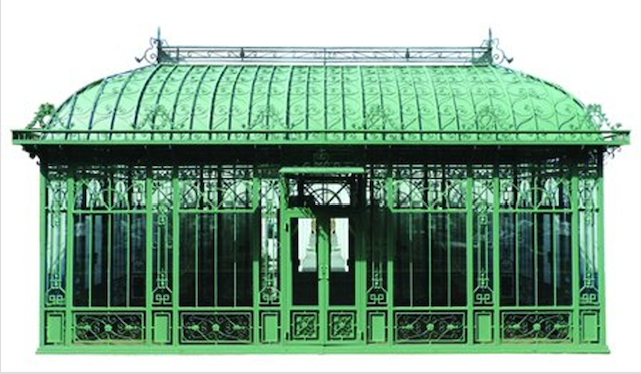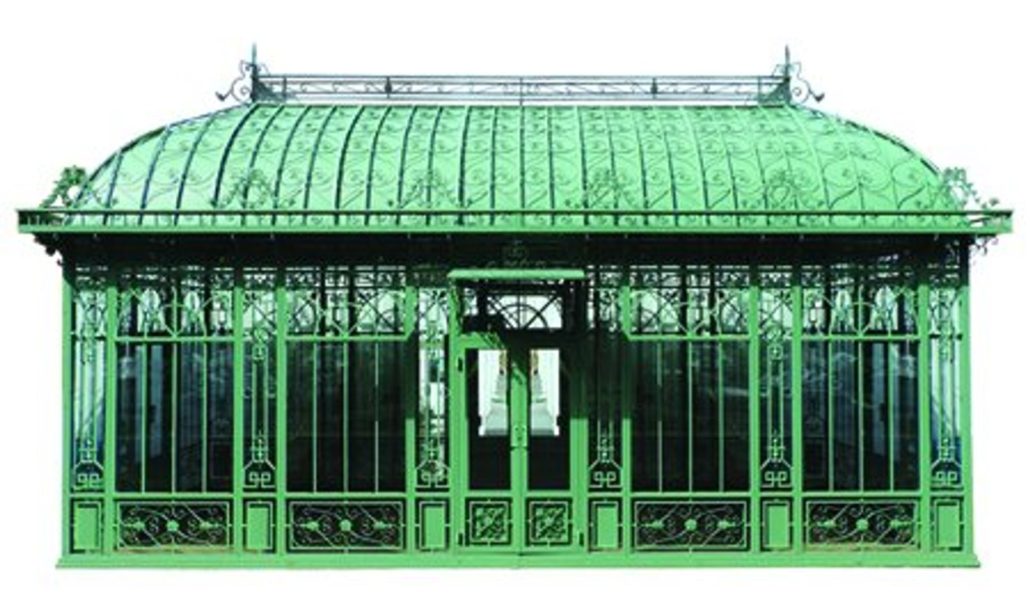
NEW YORK — Tucked away far back in a garden, amid a clump of maidenhair ferns, sits a small stone fairy. Walk around the bend, past a hedge of boxwood, you encounter a century-old marble statue of Aphrodite. And at the center of a riotous display of hot-pink peonies stands a cast zinc fountain, quietly gurgling away.
This sounds like a fancy public garden or massive private estate, but it need not be. A few well-placed antiques can transform an average garden into a botanical wonderland designed around key areas of interest. Not only striking as works of art in and of themselves, garden antiques help homeowners tell their story. The way a home is decorated speaks volumes about its residents, and a garden can be the same. An Italian urn displayed in a garden can speak to a family’s ancestry, while a marble swan might remind a couple of their favorite European vacation spot.
Garden antiques have been perennially popular additions to outdoor spaces since the Victorian era. Victorian homeowners liked things that were ornate and elegant, from stone planters and garden seats to statuary, sculpture, bird baths, fountains, wrought-iron gates and gazebos. Many modern gardens unite the past with the present, with historical objects and antiques serving as a counterpoint to contemporary plantings.
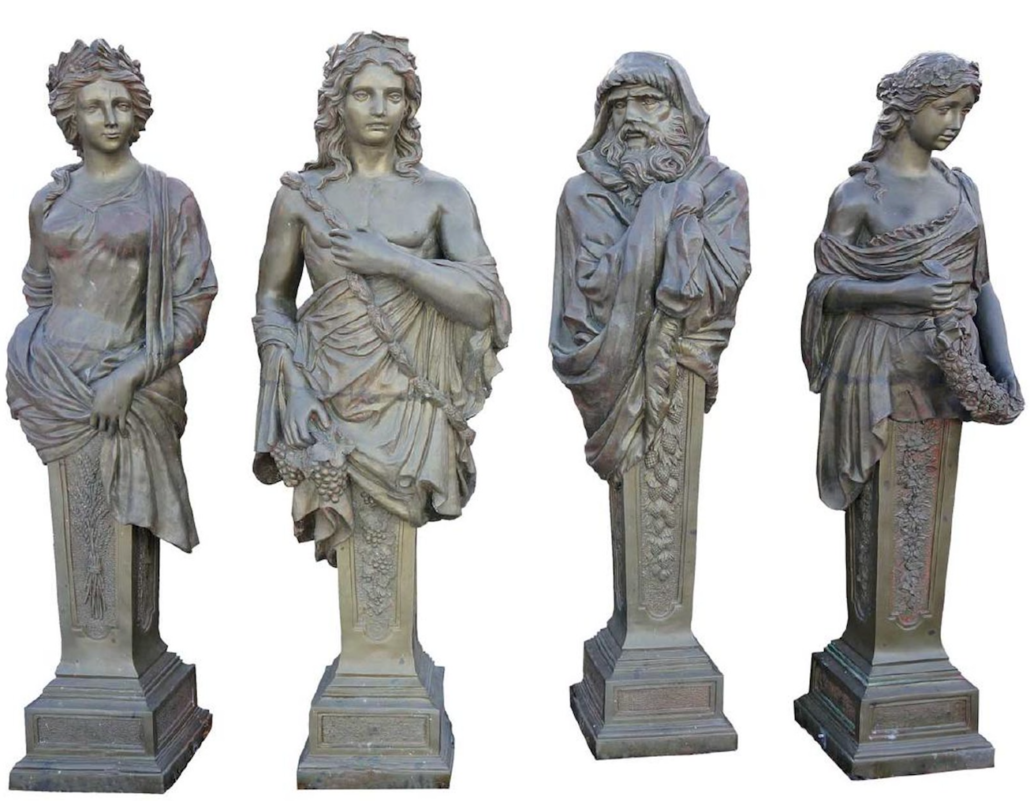
One of the two best known American makers of objects for the garden in the 1800s was the J.W. Fiske & Company of New York City, which made decorative items in cast iron and cast zinc ranging from garden fountains and urns to garden furniture and statuary. Fountains can sell for upward of $5,000, even into the $20,000 range. Another leader in the field, and Fiske’s biggest competitor, was the J. L. Mott Iron Works, also based in New York. Mott received acclaim at the 1876 Centennial Exposition in Philadelphia when it displayed a magnificent cast-iron fountain that stood 25 feet tall.
“When you talk about Fiske or Mott, they made great-quality castings that lasted over time. As a result, their value has endured,” said Joe Holahan, co-owner of Kamelot Auctions in Philadelphia. A premier source of specialty garden antiques, Kamelot holds a specialty auction every spring.
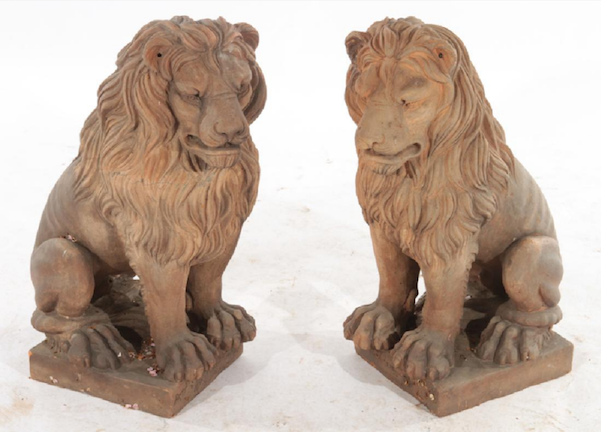
Well-aged pieces, especially statuary and sculpture, are rich in history and highly desirable, but even fragments — such as marble torso or a stone foot — are collectible. “One of the things Americans value over Europeans are fragments,” he said. “Americans really like fragments,” he said, when asked about trends. “The flip side is, I find in my travels that prices for marble sculpture in the United States are very low compared to other countries. In England and Italy, an outdoor marble sculpture or fountain brings two to three times the price [as here]. Often times when we have a good piece of marble, it goes back to a European dealer.”
While antique pieces tend to bring the most money, even modern or vintage garden items are on trend today with people designing garden spaces. “We just sold a number of French planters from the 1970s. They did very well,” Holahan said. “It ties into modern decor. People buy modern homes so they are looking for modern planters. They’re a hot commodity these days.”
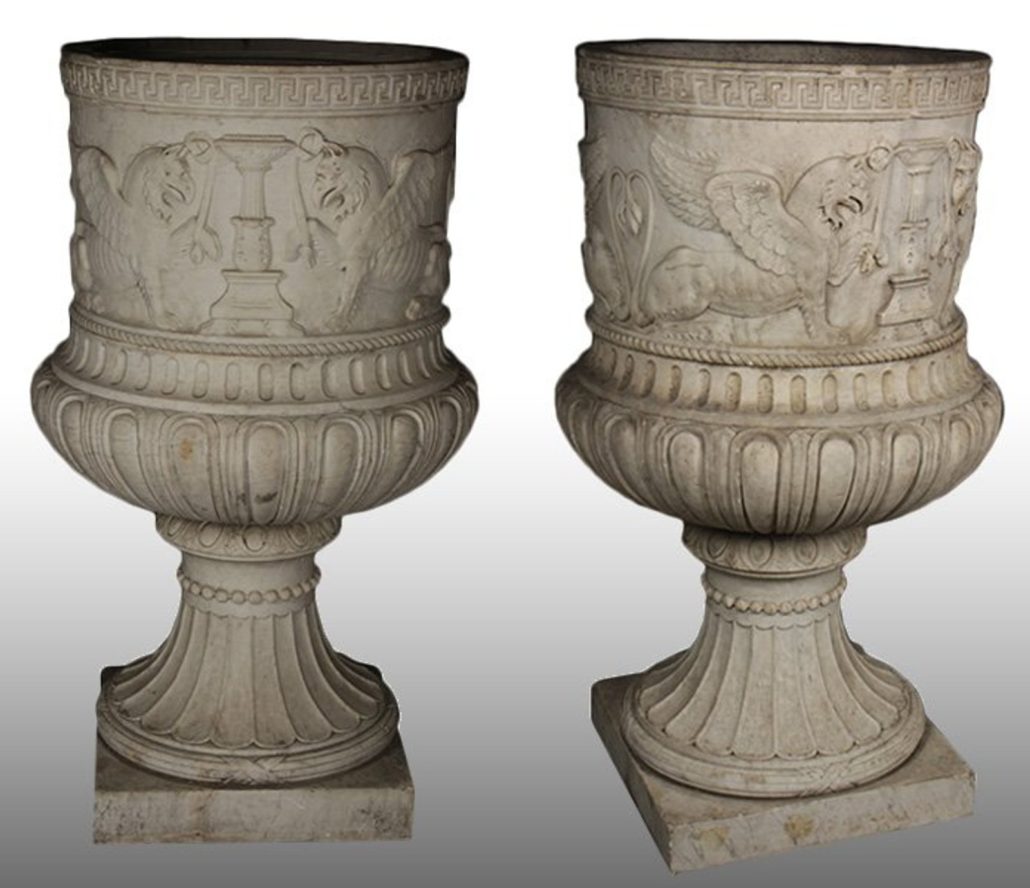
Acquiring items that serve both a functional and decorative purpose is important with buyers now, Holahan said. “Today, people want things they can really use. People’s lifestyles are changing, and they have smaller spaces.”
Good things are hard to find, and items embodying good design are in high demand, Holahan said, adding that there is only a small supply of exceptional objects, so when they come to auction now, they tend to perform well.
The appeal of collecting garden antiques is multifaceted, from the artistic merits of sculpture and decorative pieces to the organic palette and texture they bring to an outdoor living space.
New collectors should beware of new products that are falsely represented as old. Century-old pieces will have a well-worn patina, which makes them all the more cherished, but some condition issues, such as cracks, can grow worse over time when exposed to the elements, Holahan said. “Most importantly, buy what you like, not because you think it’s going to be a good investment, but because you will enjoy it and it will work in your space.”
# # #


